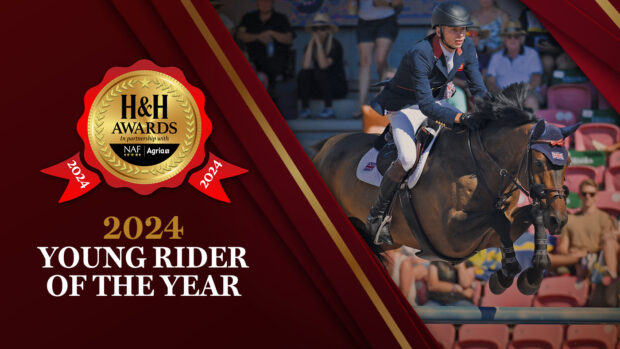Read all the latest showing news
To the uninitiated, the language used in the horseworld can be impenetrable and may appear deliberately exclusive. H&H is here to do some jargon-busting…
Brushing
When the horse knocks into itself at the fetlock or cannon bone.
Dishing
When the horse throws one or both front feet out sideways with each stride.
Daisy cutting
Not to be confused with dishing – the horse flicks its toe upwards in trot.
Forging
A gait fault in which the horse’s hindfoot strikes the sole or heel of the lateral front foot, usually in trot, making a clicking sound.
Plaiting
When the horse’s feet cross over in front when they land on the ground.
Disunited
When the horse canters, his hindlegs are on a different lead to the front. It looks ugly and is uncomfortable for the rider.
Cuddy
What does it mean when people say “I’ve won the Cuddy”? Cuddy is the name of the family who currently sponsor the prestigious in-hand final at Horse of the Year Show. Previously known, depending on the year, as the “Lloyds Bank”, “Creber” and “Templeton”.
Letting down
Despite what it sounds like, this is desirable – a horse should really lower and lengthen its stride in the gallop.
Overbent
When the horse’s neck is flexed too much and his face is behind the vertical. This is an unnatural position for an equine, a fight or flight animal – to get maximum benefit from his eyes, he naturally carries his head so his face is on, or slightly in front of, the vertical.
Overtopped
This simply means the animal has too much body – or excess condition – for the amount of bone he has and so will not be able to carry the rider’s weight expected of its type.
Presence
Possibly the hardest thing to define. A show animal has to stand out, to make the judge notice him. The best show horses have a “look at me” quality that ensures they get attention.
Do you want to read all the latest showing news?
The full feature on jargon in the horseworld was first published in the 23 February issue of H&H




